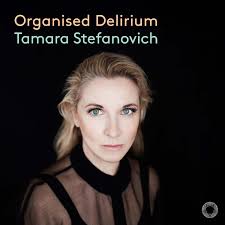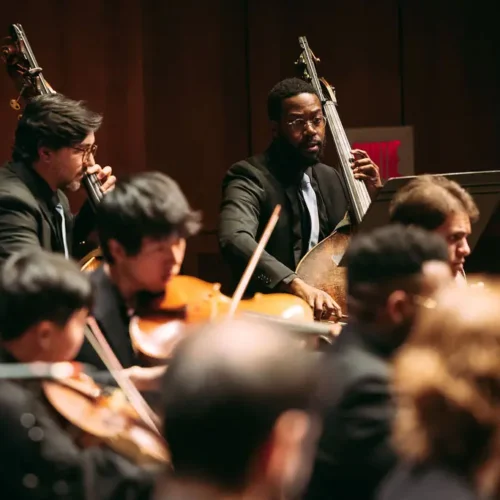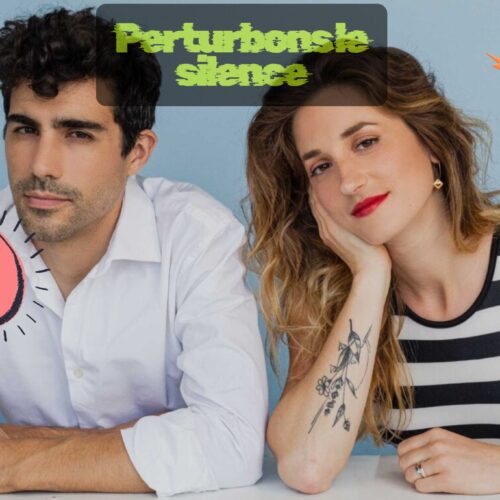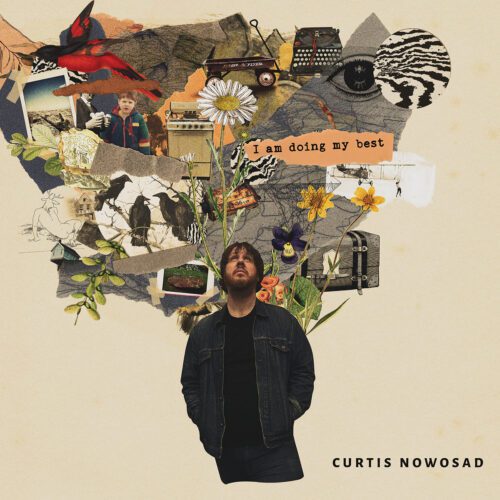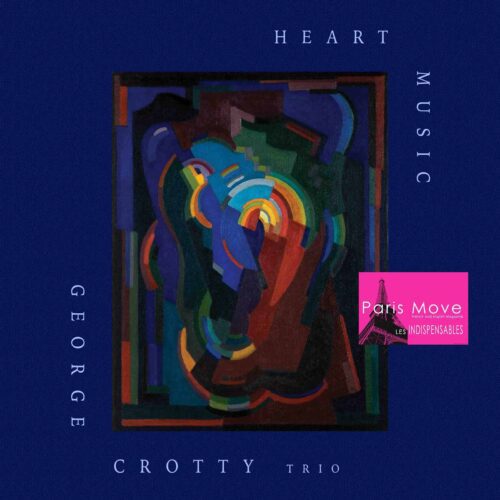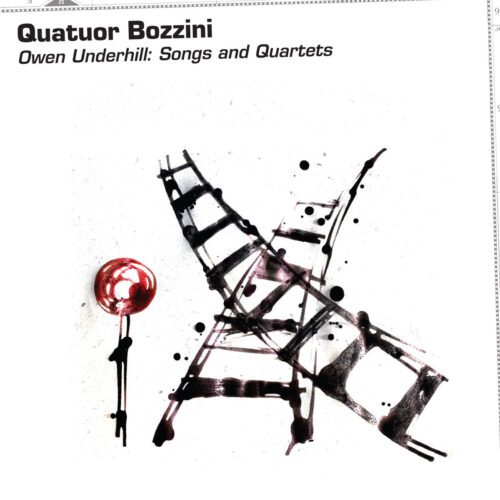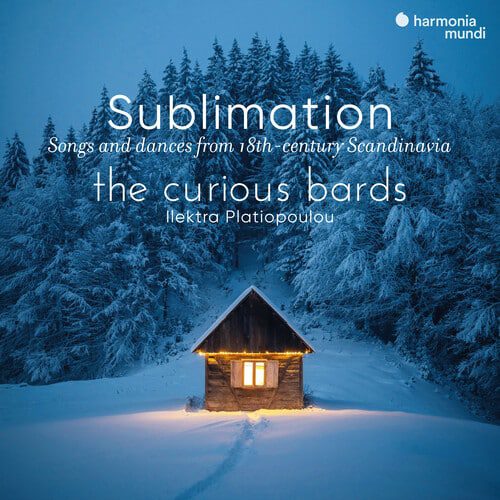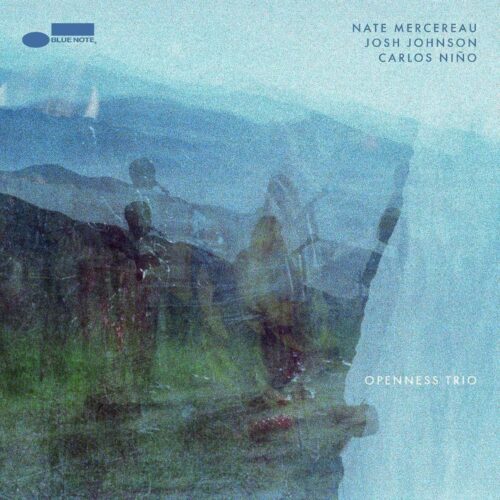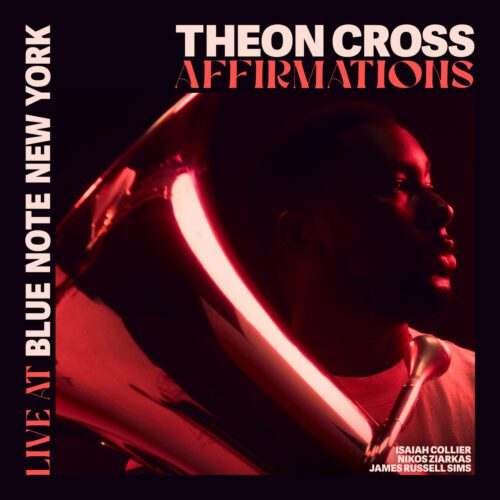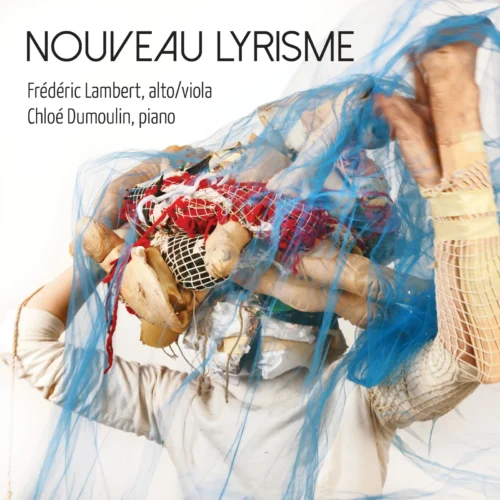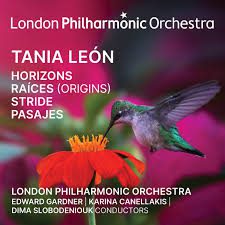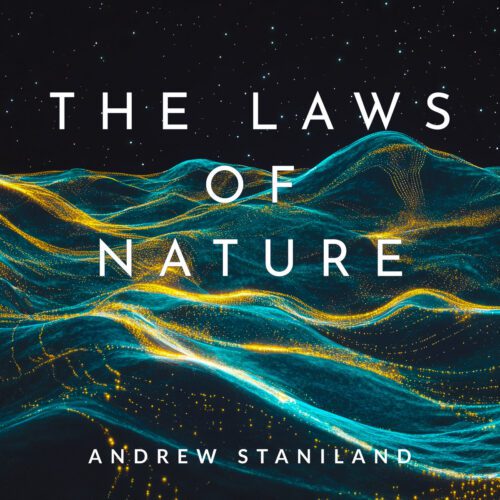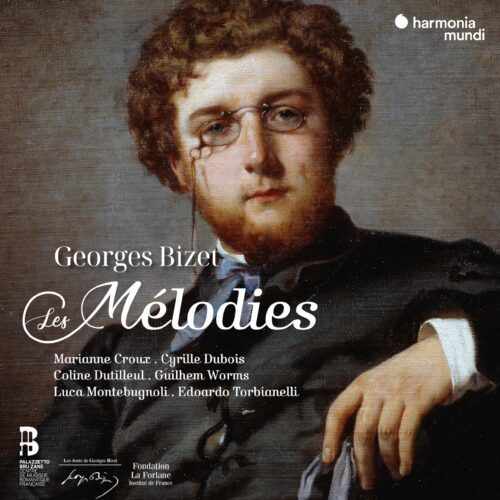A last look at tradition, to better destroy it. This could be the subtitle of Pierre Boulez’s Piano Sonata No. 2, written in 1947-48. A major work of modern music, but also a great irony, perhaps even two. To deconstruct centuries of architectural heritage in learned music, Boulez organised a textural, harmonic and rhythmic “chaos” like a fanatical watchmaker. Sonata form, rhythmic models and even the fugue (a symbol if ever there was one of ‘organisation’ in music) are evoked here only to bid them a final farewell. The title Sonata used as a subversive weapon. So much for the first irony.
The second is that from this exercise in “freedom” (and others in the Boulézian catalogue), a whole language of music, sound and technique has emerged as a domineering and uncompromising lingua franca. For almost 50 years, anyone who strayed substantially from this new quasi-religion could not be a “serious” composer.
But water has passed under the bridge, and we can now say with a straight face that we admire the genius of Boulez just as much as that of Glass or Coltrane. I love this.
Talking of genius, Boulez was no stranger to it, albeit with strongly cerebral tendencies. What construction, what audacity in the rigour of his approach and his conceptual intransigence. Chaos mastered, controlled, guided. The science of the “twelve tones” applied right down to its rhythmic conception, like an abstract counterpoint to the musical motifs that clash and criss-cross, devouring and nourishing themselves. Musical modernity in its most daring soundings born (at least then. We’ve heard much more demanding since). Tamara Stefanovich is dazzling in her technical and discursive mastery (yes, there is a discourse in all these sound points and dashes). She studied the sonata with Boulez himself. It’s fair to say, then, that her reading is a remarkably relevant testament to this extraordinarily difficult piece.
The Sonata is merely the anchor for the rest of the programme. Stefanovich explains the thread as follows:
“Each piece fights with the sonata form — using it,abusing it, enhancing and re-shaping it in all the creative journeys that they set out on. “
Three sonatas eager for modernism and a break with tradition (never as much as Boulez, though) follow: Hans Eisler’s Op. 1, a tribute to his teacher Arnold Schoenberg but with a very personal sense of humour; Bartok’s 1926 Sonata, almost Boulezian in its anti-romanticism (even more so than anti-classicism) and its lack of structuring sentiment; then Shostakovich’s Sonata Op. 14 and its sarcastic parody of the traditional form. Perhaps as if to sweeten the pill, Stefanovich offers us a tiny, soothing epilogue in the form of a sonata by Scarlatti, the K 87 in B minor.
It’s a moment of grace that reminds us that we can’t always live in rejection of tradition, and that tradition exists for the simple reason that it is mostly made up of what is 1) enduring and 2) masterpieces that were themselves, in their time, challenging the status quo. Tamara Stefanovich’s vision of these pieces is powerful and remarkably well argued. Her powerful sound balances poetic skills, even in the most mechanistic passages. An indispensable album of great modern music.
